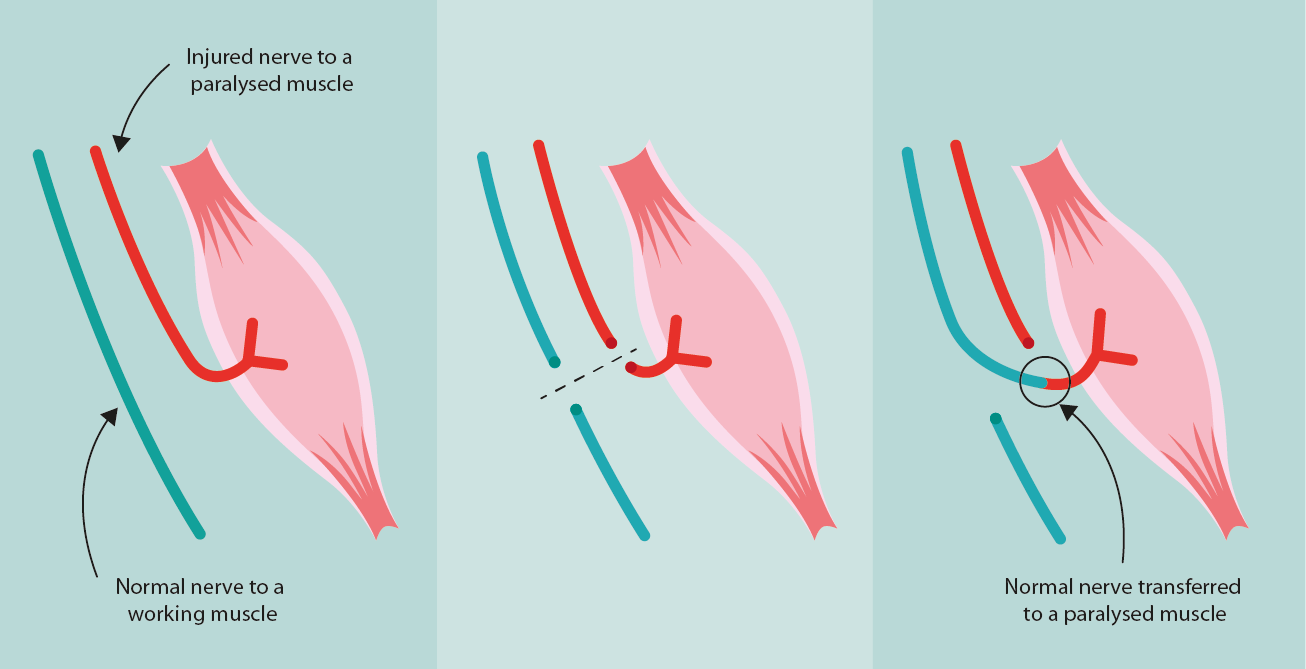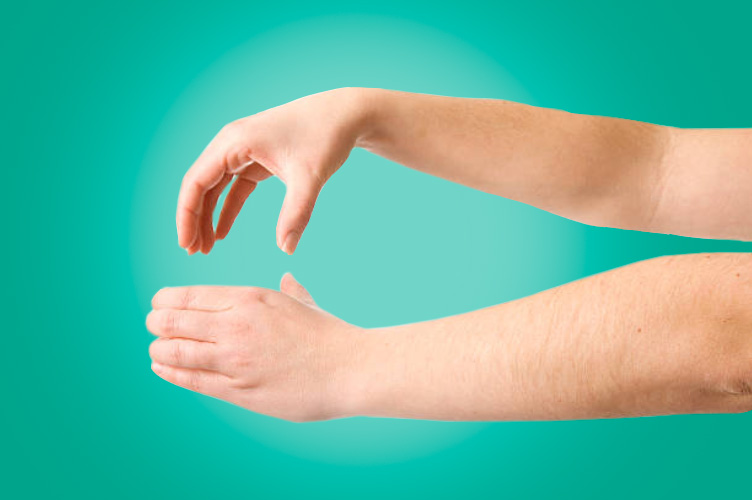
A nerve transfer is when you take a nerve to a working muscle (donor nerve), cut it, and use it to re-animate a nerve that supplies a paralysed muscle (recipient nerve).

Melbourne TetraHand is a specialist program that aims to maximize hand function for people with tetraplegia (paralysis of all four limbs and the trunk) and other neurological conditions (such as stroke and acquired brain injuries). The program is a collaboration between our plastic and reconstructive surgeons and our occupational therapists, rehabilitation physicians and physiotherapists. Together, we work closely with you, your carers and family to help you reach the best hand function possible. Our team was one of the first in the world to apply the technique of nerve transfer surgery to spinal cord injury. We were also the first worldwide to do multiple nerve transfers simultaneously to reconstruct hand function for people with quadriplegia. We have a strong focus on research and evidenced-based practice and enjoy a high international profile on this topic.
Our main focus is nerve and tendon transfer surgery to improve arm and hand function following spinal cord injury. We have extensive experience in improving limb position and function for those who have had a stroke, an acquired brain injury, cerebral palsy or multiple sclerosis. This is achieved using tendon lengthening and tendon transfer surgery combined with the appropriate use of intramuscular Botulinum toxin, splinting and strengthening therapy. We also treat peripheral nerve injury using tendon or nerve transfers.
The patients in these case study videos underwent single or multiple nerve transfers in one or both upper limbs to restore elbow extension, grasp, pinch and hand opening. The outcomes of their surgery were published in a research article in the prestigious medical journal The Lancet. Before having surgery, none were able to perform the grasp or pinch strength tests, but two years later, they had gained enough pinch and grasp strength to do many activities of daily living.
One of our patients with a level C6 spinal cord injury 13 months after right triple nerve transfer surgery.
Active hand opening and closing 24 months after nerve transfer surgery.
Patient discussing different reconstructions for grasp and pinch 24 months after surgery in the right and left limbs.
The nerve transfer surgery restoring movement to quadriplegics

A study by the University of Melbourne and Austin Health has found that nerve transfer surgery for people suffering tetraplegia after a traumatic spinal cord injury can improve independence. Every year between 250,000 and 500,000 people worldwide suffer a spinal cord injury, with just over 50 per cent resulting in tetraplegia that results in some degree of paralysis in all four limbs—the legs and arms.